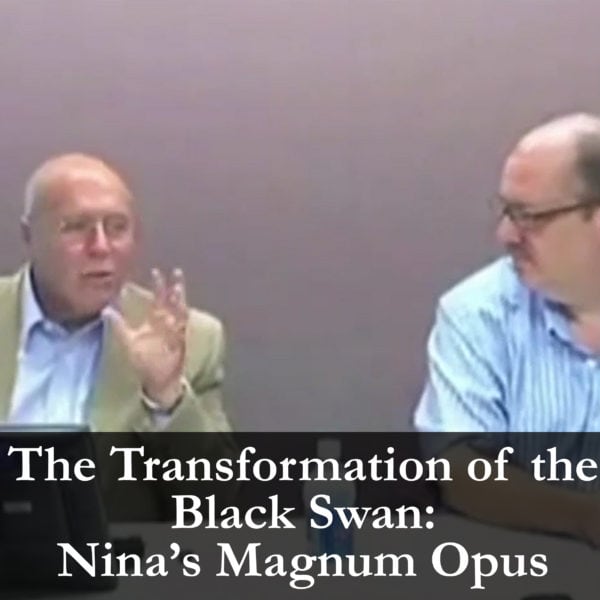The use of film and literature as a means to understand and amplify unconscious material has been connected to the work of Carl Jung from the inception of his ideas. Darren Aronofsky’s film, The Black Swan, is a wonderful example of how art can reflect both the unconscious processes of the individual as well as those of the collective. The Black Swan has captured the imagination of people around the world. Nominated for nine academy awards and winning in the category of best actress for Natalie Portman, the film will be a jumping off point for the exploration of Jung’s own magnum opus, the Red Book. In this seminar we will explore the archetypal elements of the film beginning with the origins of Aronofsky’s ideas for the film, including the archetype of the double or “the other” and the archetype of the shadow. We will also explore the mythological backdrop of the film, particularly the story and ballet of Swan Lake. Finally we will draw comparisons between Jung’s confrontation with the unconscious culminating in the Red Book and that of the film’s protagonist, Nina, a young ballerina given the opportunity to play the swan queen in Tchaikovsky’s ballet Swan Lake. Pressured by the ballet company director to embrace an aspect of her nature which will allow her to play both the white and black swans, Nina descends into a frightening and exhilarating realm of suspicion, betrayal, lust and passion as she confronts her unlived life, both to escape the tyranny of her mother as well in fulfillment of her destiny.




